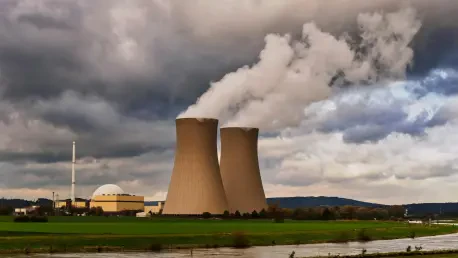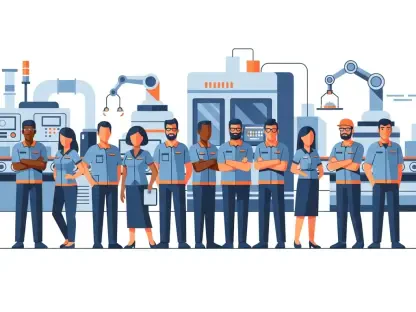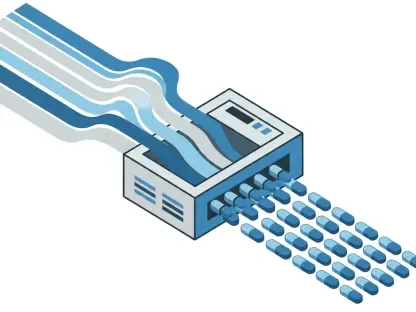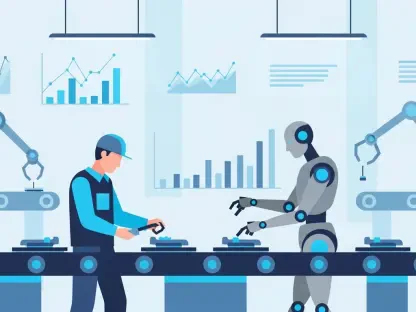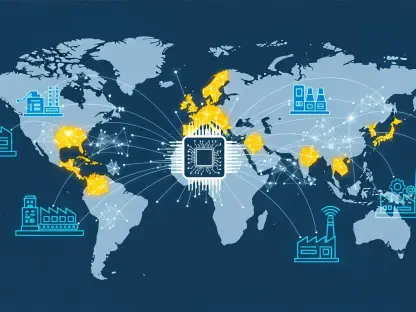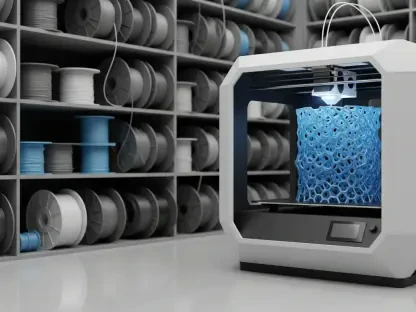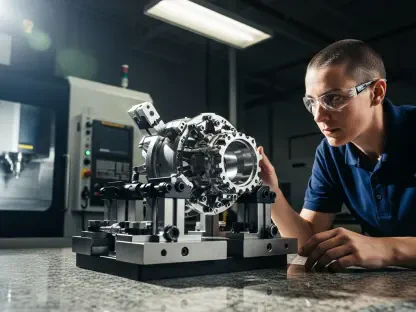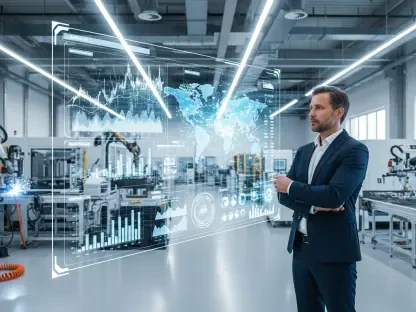Welcome to an insightful conversation with Kwame Zaire, a renowned manufacturing expert with deep expertise in electronics, equipment, and production management. With a passion for predictive maintenance, quality, and safety, Kwame brings a unique perspective to the intersection of advanced technology and sustainable energy solutions. Today, we’re diving into the groundbreaking shift toward nuclear energy through Small Modular Reactors (SMRs) to power AI-driven manufacturing, exploring how this innovation addresses energy challenges, transforms factory operations, and paves the way for a cleaner, more efficient future.
Can you walk us through what’s driving the push toward nuclear energy, particularly Small Modular Reactors, to support the energy needs of AI in manufacturing?
I think the core driver here is the massive energy appetite of AI-powered operations. As manufacturing becomes more digitized, with AI running everything from predictive maintenance to quality control, the power demand has skyrocketed. Data centers and factories running 24/7 on AI algorithms consume energy at a scale that’s hard to sustain with traditional sources, especially when over half of that energy globally still comes from fossil fuels. SMRs offer a stable, carbon-free alternative that can keep up with this demand without compromising on sustainability goals. It’s about finding a reliable energy backbone that lets us innovate without wrecking the planet.
How do SMRs stand out from traditional nuclear reactors, and why do they seem like such a perfect match for modern manufacturing?
SMRs are a game-changer because of their size and flexibility. Unlike traditional nuclear reactors, which are massive and often overkill for localized needs, SMRs are compact and can generate between 300 to 470 megawatts—enough to power a large factory or even a small city. Their scalability means you can install just what you need and add more units as demand grows. For manufacturing, this is ideal because factories often have fluctuating energy needs, and SMRs can be placed closer to the point of use, cutting transmission losses and ensuring a steady supply for AI systems that can’t afford downtime.
What are some of the biggest challenges you foresee in rolling out SMRs on a large scale, and how can the industry overcome them?
The challenges are significant but not insurmountable. First, there’s the regulatory hurdle—nuclear energy, even in a smaller, safer form like SMRs, faces strict scrutiny, and getting approvals can take years. Then there’s public perception; people hear ‘nuclear’ and think of past disasters, so building trust through transparency and education is crucial. On the technical side, while SMRs are designed to be simpler, scaling production of components and ensuring consistent quality across multiple units is a complex task. The industry needs to invest in robust supply chains and partnerships, while governments can help by streamlining regulations without cutting corners on safety.
Can you share how AI has transformed manufacturing over the years, especially in terms of efficiency and cost savings?
AI has been a quiet revolution in manufacturing for decades now. Since the late ‘90s, it’s been used for things like predicting when equipment might fail, allowing companies to fix issues before they spiral into costly downtime. Take aircraft engine manufacturing as an example—AI can analyze performance data in real time to optimize maintenance schedules, saving millions by avoiding unnecessary repairs. More recently, AI-driven robots are taking over quality inspections, spotting defects with a precision humans can’t match. This not only cuts costs but also boosts product reliability, which is critical in competitive markets.
How do emerging technologies, like energy optimization tools, play a role in balancing AI’s energy demands with sustainability goals?
Energy optimization tools are becoming indispensable as AI’s footprint grows. These systems use dynamic data—think weather patterns, electricity pricing, or production schedules—to fine-tune energy usage in real time. For instance, a tool might lower power consumption during off-peak hours or shift heavy AI computations to times when renewable energy is abundant. This kind of smart management reduces waste and helps manufacturers align with sustainability targets without sacrificing performance. It’s about creating a harmony between high-tech operations and environmental responsibility.
What’s your forecast for the future of nuclear energy in manufacturing, especially with innovations like SMRs on the horizon?
I’m incredibly optimistic about nuclear energy’s role in manufacturing, particularly with SMRs leading the charge. By 2050, we could see hundreds of these reactors powering industrial hubs worldwide, delivering clean, stable energy that supports AI and other digital advancements. The economic ripple effects—job creation, local supply chains, and reduced energy costs—will be massive. But it’s not just about numbers; it’s about redefining how we think about industrial energy. SMRs could be the key to making manufacturing truly sustainable, proving that cutting-edge tech and environmental stewardship can go hand in hand.
